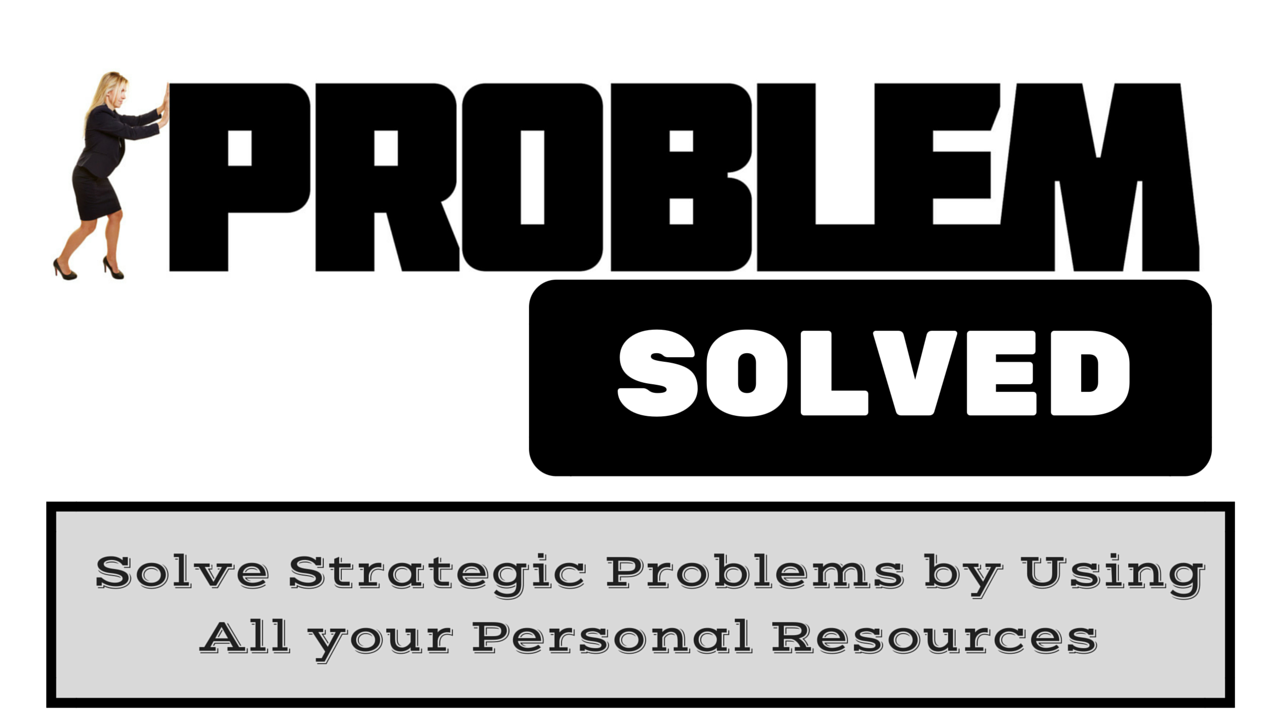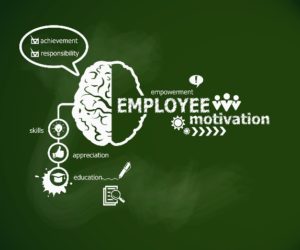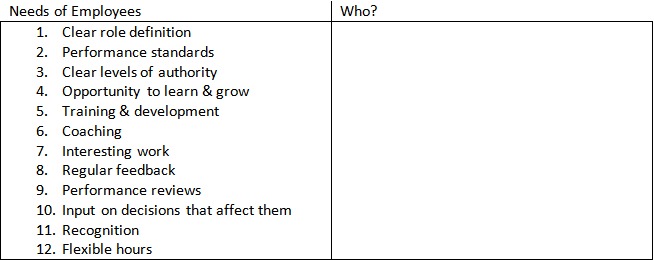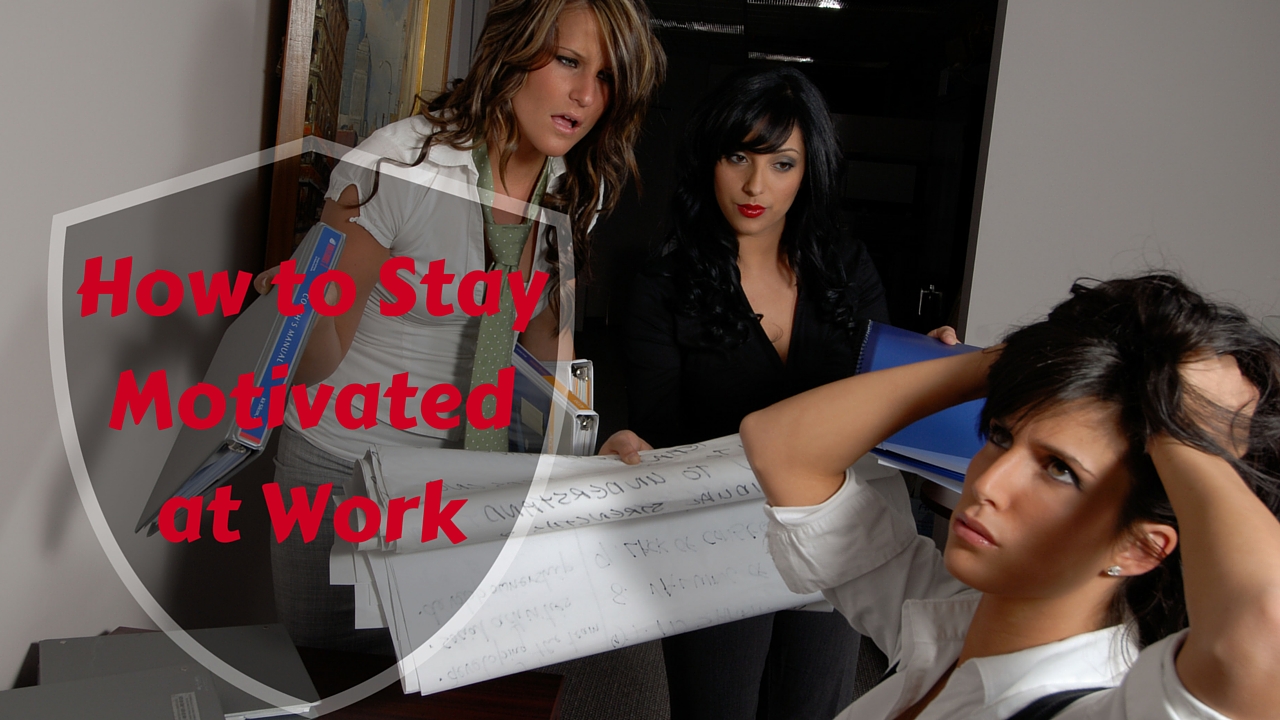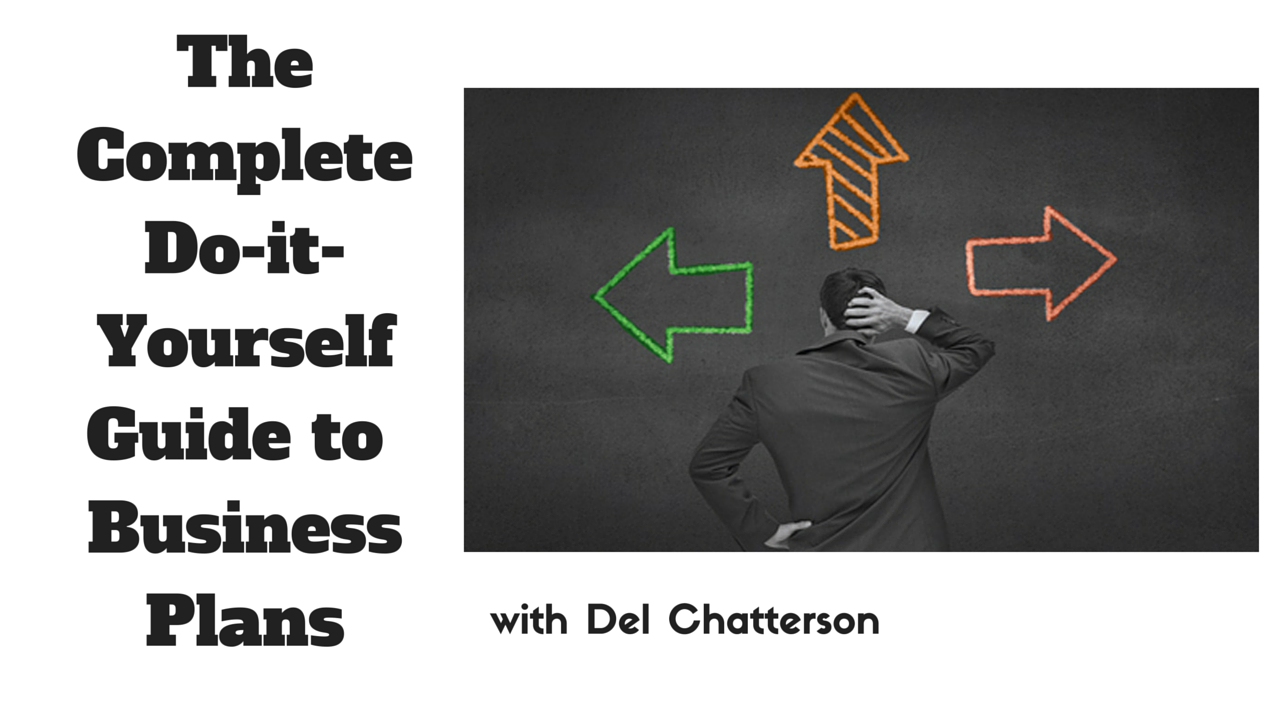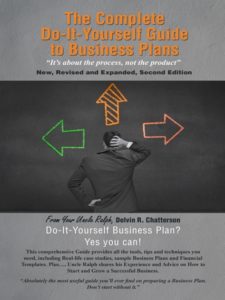We are often faced with problems that have an important impact on our work and lives. They always involve making an important decision and are more complex than solving simple everyday problems.
Sometimes these problems can cause us to freeze and do nothing and even become confused or defocused.
Define Problem or Goal

However, we are all built to succeed and possess the resources required to achieve our goals. So the first step is to become clear on what the goal or clarify the problem.
For example, if one of my leading products or services is becoming commoditized in the marketplace then the goal might be to develop a new product or service. Or the problem definition could be to find a solution to the commoditising of the product or service.
Use Your Three Brains
Next is to use your three brains or intelligences to come up with solutions for your problem or goal. These are your intellectual centre, your emotional centre and your instinctive or physical centre of intelligence. The key is not to overuse any of them but to balance all three in working out the best solution to your problem.
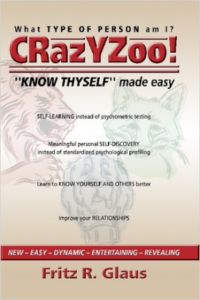 In his book CrazYZoo! Know Thyself Made Easy, Fritz Clouse explains the three intelligences and goes much deeper by guiding the reader in choosing their classic and combined types. This gives a deep understanding of yourself and how to leverage your strengths and control your weakness.
In his book CrazYZoo! Know Thyself Made Easy, Fritz Clouse explains the three intelligences and goes much deeper by guiding the reader in choosing their classic and combined types. This gives a deep understanding of yourself and how to leverage your strengths and control your weakness.
Use your intellectual intelligence to logically analyse the problem in order to find the cause or evaluate the pros and cons of the possible solutions.
Use your emotional intelligence to see how you feel about implementing possible solutions. Imagine the solution happening and see how it feels.
Use your instinctive or physical intelligence to allow ideas to come to you that your mind may not have thought of when trying to figure it out.
When faced with these types of strategic problems I like to first get clear on the impact of the problem and why I need to solve it. I then stop dwelling on it and instead start focusing on what it would be like if the problem was solved.
I find that when I engage in some physical activity like running or cycling new ideas start flowing to me to address the problem. Our instinctive intelligence is very powerful and will deliver ideas and solutions that our logical mind will never think of as it is more limited by our self-imposed concepts and ideas.
Visualize a Solution
 One powerful technique is to use visualization that can also be combined with positive affirmation to train both are conscious and subconscious minds to provide actionable solutions. This technique makes good use of the three intelligences. As you think of the problem or goal visualize it in your mind while tapping into your emotions. You can do this by recalling a past experience where you felt success in your life.
One powerful technique is to use visualization that can also be combined with positive affirmation to train both are conscious and subconscious minds to provide actionable solutions. This technique makes good use of the three intelligences. As you think of the problem or goal visualize it in your mind while tapping into your emotions. You can do this by recalling a past experience where you felt success in your life.
Give Yourself Time
In order for visualization and affirmation techniques to be effective it must be done every day for 30 days. I will cover this in more detail future articles and videos so subscribe now if you haven’t already.
Because I am referring to key strategic problems that will have a major impact on you or your business it is important to allow adequate time to work on these problems. If you rush you will not allow yourself to use your three intelligences adequately.
I hope this gives you some greater insight into using all your resources to address a strategic problem or goal. The main take away is to learn to use all your centres of intelligence to guide you to solving important problems and achieving key goals.
